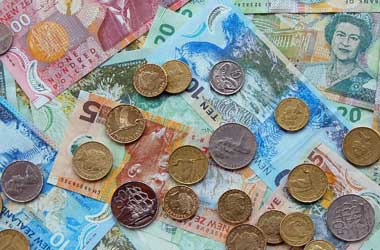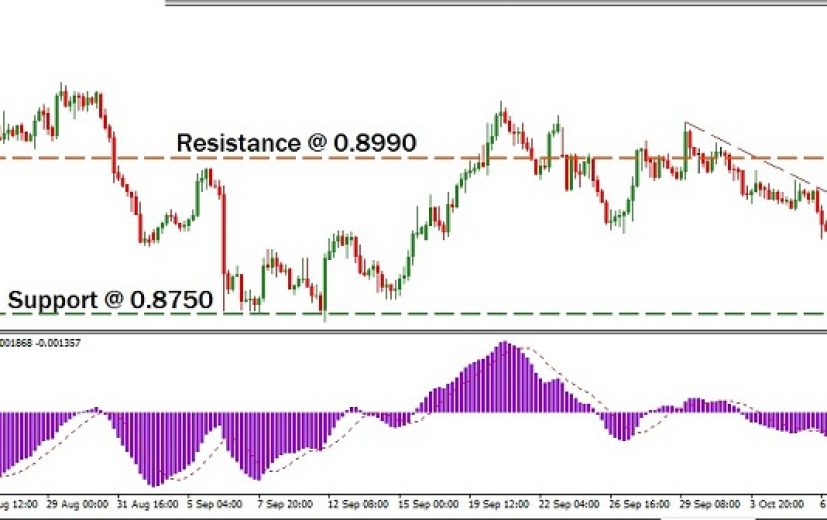 An unexpected widening of trade deficit in August, slowing housing market, a decline in the price of crude oil and Bank of Canada’s cautionary approach towards a rate hike has turned the Canadian dollar weak against its G10 rivals in September.
An unexpected widening of trade deficit in August, slowing housing market, a decline in the price of crude oil and Bank of Canada’s cautionary approach towards a rate hike has turned the Canadian dollar weak against its G10 rivals in September.
On the other hand, a rise in dairy product prices and an anticipation of a clear majority to the ruling national party in the general elections kept the Kiwi dollar stronger against the Loonie.
Since September 12th, the NZD/CAD pair has gained about 120 pips to close at 0.8890 last week.
However, we anticipate the NZD/CAD pair to decline in the week ahead due to reasons given below.
CGTN
Two weeks have passed after the declaration of election results in New Zealand, and a government is yet to come up. Neither the ruling National Party or the opposition Labour party has won enough seats to form a government on their own. While a coalition between the National party, Green party and New Zealand First (NF) party would be the most positive for the Kiwi dollar under the current scenario, reports have emerged that NF is considering a coalition with Labor and Green party. Such a coalition would be extremely negative for the New Zealand dollar as they are known for their tough stand on issues such as trade, immigration and inbound investment.
On the economic front, New Zealand faced a set back as well. In the recent dairy auction conducted on October 3rd, the average price of dairy prices fell 2.4% to $3,223 per ton. Such a steep fall reflects the fragile state of global demand. New Zealand exports almost 95% of its dairy products, with China being the primary customer. As anticipated the Reserve Bank of New Zealand kept the interest rates unchanged at 1.75% in the recent monetary policy meeting. However, the central bank surprised the markets by saying that the rates would remain low for a considerable period as a weaker New Zealand dollar is required to push up inflation.
In Canada, the Bank of Canada’s Deputy Governor Sylvain Leduc stated that the economy is likely to slow down in the next few quarters, but would still exceed the maximum capacity. With Canada being listed by the World Bank as one of the easiest countries to start a business, Leduc expects an increase in the number of new businesses to come up, with a decrease in business exits.
Thus, improving economic conditions favors the Canadian dollar to rally against the New Zealand dollar. Technically, the NZD/CAD pair is moving below a descending trend line resistance as shown in the image below. The prevailing weakness is also confirmed by the MACD indicator, which is forming new lows. Thus, we can expect the NZDCAD pair to decline to a level of 0.8750 where the next major support exists.
In the Forex market, we may open a short position in the NZD/CAD pair near 0.8880 to gain from the analysis. A stop loss order will be placed above 0.8980, to have a control over the risk. Finally, we will book our profit when the pair declines to a low of 0.8750. Alternatively, a put option may be traded by us to gain from the downtrend. A strike price of about 0.8880 is preferred for the trade. Furthermore, a date around October 17th will be chosen for expiry.





